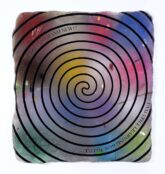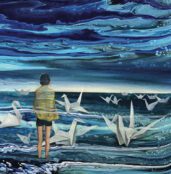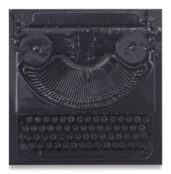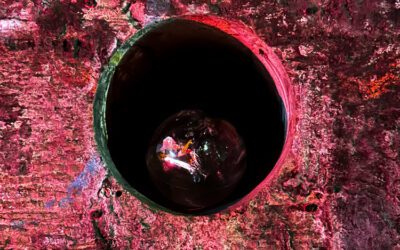Screen-burnt confusion of a feckless mind
makes “activist” of next door’s moron,
who, quoting Baudrillard but citing Plato, exclaims red-pill hyperbole online,
and now joins the hooligans in it
for the ruck.
Britain is an island, and its insular species is the thug.
In comfortably grey and boring streets, where little subjects live in clockwork idleness, small
displays record “pure British” antagonists, sporting swastikas and ranting outside Greggs.
Abject idiots illustrate their limited morphology by hurling slate, and gurning, while
policemen stand in armoured rows like the soldiers in Goya’s Third of May.
A Screeching peroxide blonde, who espouses hate for “foreigners”, ensures that The Caprices
are gender nonspecific, spews support for wiry teens
who gleefully loot a telly, to watch
clichés, on repeat.
Doubly depressing is their patron saint, that old city boy who sits in state, hedging in interviews
with knowing smirks and references to precedents “that prove” his warnings were portents
and not prompts, all along.
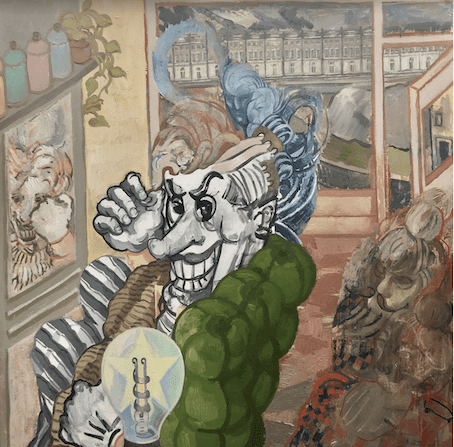
But most defeating, most undoing of collective dignity, is the humour found in watching
grotesques in the round.
Being entertained, and so unknowingly enfolded intimately with simpletons.
Such as by the prancing prig, who suffered friendly fire and stumbled off the stage
doubled over by a brick.
Animated toby jug, pained, ambles with a drunken gait.
Endless memes, pithy captions, hot takes: make grinning stooges of us all.
Spectators pulled in trashy symbiosis,
forget the tired ambivalent disgust of
The Disasters of War, consume new images instead.
Note
The Third of May 1808 (painting), The Disasters of War (prints from 1810 – 1820) and The Caprices (prints from 1799) are artworks by the Spanish painter Francisco Goya; they depict acts of depravity, war crimes, corruption, hubris and general human error.
Main image: Time-passing-by-Pexels, Pixabay
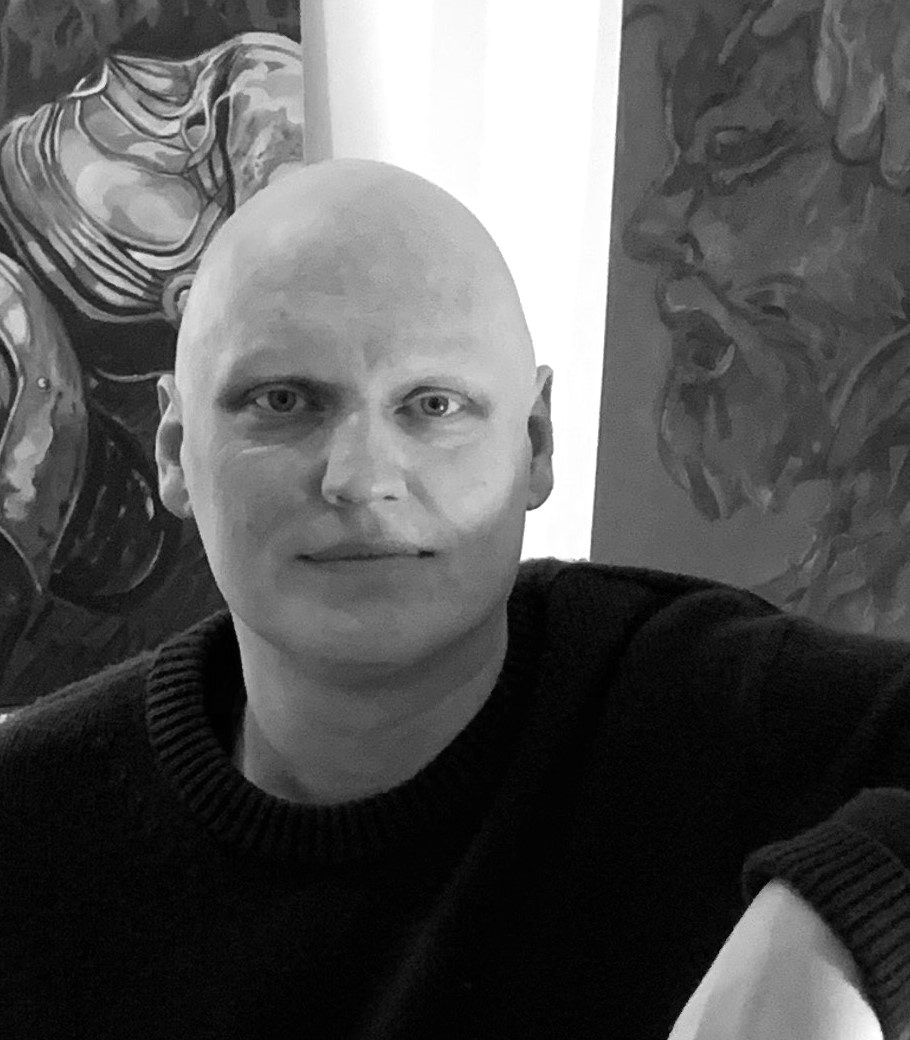
Michael Eden is a visual artist, researcher and writer at the University of Arts London exploring relationships between monstrosity, subjectivity and landscape representation.


